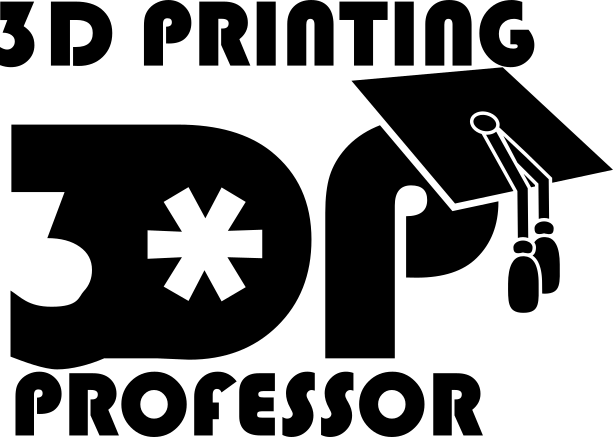Yesterday and today has been interesting. The CR10 project has started opening my eyes to what would be, to me, the ideal 3D printer. It’s not just about what the printer is, but what it can become. But adding some of the features I want to the CR10 is… non-trivial. However, I’ve already started building the next printer to review, the Tevo Tornado, and it’s looking much better for eventually being the printer I want it to be.
And then #TEVOgate happened.
Now, I don’t want to talk about TEVOgate, the implication, insanity, or the brain-dead way that Tevo is handling it, except to say that if Tevo does run a discount tomorrow like they’re promising, please resist. Show them that as a community we will not support this sort of insulting dismissal of their customers. But that’s all I want to say about this.
What I do want to talk about is what I’ve decided the ideal 3D printer will look like. In the chapter in the Beginner’s Guide to the 3D Printing Galaxy I defined a way to evaluate 3D printers for buying. I defined 3 criteria. We’ll call these the high level view:
- Easy to use.
- Reasonable price
- Capable of making anything
However, at some point reality has to be addressed. While we can dream about a machine that you simply say “tea, earl gray, hot” to and a cup filled with a steeped beverage appears, in reality there is only so much reasonably priced stepper motors can do. So the most realistic option right now involves a few things:
- Works out of the box with minimal effort
- Minimally capable
- Upgradable
With that last bullet point, not having all the features on day-one is okay provided there’s the option to get those features later. I see 2 ways to make this happen: an open and expandable system or a company dedicated to making the add-ons people want. An open system could have the advantage of having the community demonstrate what they want by making it.
So let’s break it down. What are the features I want to see in the realistic ideal 3D printer, and how could they be accomplished?
- Easy setup
- Kits aren’t ideal
- I want to be printing day one
- Large build area
- This is a capability question
- Can’t easily be added to, so it’s a base-line requirement
- Reasonable price
- For the minimal printer, the entry cost needs to be $200-$500
- Great UI
- Marlin is okay to start, but there needs to be a better option
- Octoprint is an easy fix, but it needs the touchscreen
- Wifi
- Octoprint adds this
- On-board slicing
- Octoprint adds this
- Filament run out sensor
- Not required, but especially with big printers, it’s a great option for functionality
- Could be attached through octoprint, but it’d be better if it were through the board
- Pause and restart capability
- Power-loss restart capability
- Filament measuring sensor
- Measure incoming filament and adjust flow rate for consistent prints
- No one has this, but it’s a simple division on the flow rate based on the measured filament diameter
- Doubles as a more expensive filament out sensor
- Heated build plate
- Auto leveling
- Either measure-and-adjust or mechanically leveling
- Flexible and high abrasive filament capability
- A better nozzle is easy enough
- Flexible friendly system isn’t as easy to add, so maybe this should be baseline
- Multi Material Option
- Dual nozzles or diamond hot end, it doesn’t matter, there needs to be ports to drive more motors that we need
- It’s not just colors, different materials for supports and different materials in a print is a game changer
- It’s also colors
What have I missed? Are there any options the realistic idea 3D printer needs to have? And who do you think is the most likely person to make it this a reality?
